Microfinance in Africa needs clear definition
Blog written for Business Fights Poverty by Will Derban, Barclays
Since the incidents of how some people who could not repay micro finance loans were treated in India, many have asked if Africa will face similar problems, and if so how can we prevent such occurrences. I have been thinking a lot about how we define ‘microfinance’ and what microfinance institutions are. I believe that a focus on the definition of what microfinance is and what it is supposed to achieve is important in ensuring that people who take services from microfinance institutions actually benefit.
Over the last few years, many organisations have been established calling themselves microfinance institutions. However, microfinance is not just about providing banking services to people who cannot get access to formal banking or lending small amounts of money to ‘poor’ people. The unfortunate cases in India have proven that access to finance does not always bring benefits to the poor. True microfinance goes much deeper. It is about providing sustainable and commercially viable financial services while at the same time ensuring that the financial services provided improve the lives of the recipients. This is vital if the provision of financial services is to help improve the lives of the poor.
These two aspects of microfinance should serve as a check and balance on the activities of microfinance institutions. They also explain why true microfinance is a big challenge and not always easy to deliver successfully. As soon as many players rush into the field within a short time period, it must raise alarm bells for all of us. If an organisation wants to provide only financial services to the underbanked or low income population, it does not have to put the label of microfinance on itself. If it wants to, then in addition to the commercial services, it must provide, directly or indirectly, other services that ensure that the lives of the people it serves are also getting better. This is a big challenge and not always easy to achieve. Ensuring that a poor person’s life is improved by accessing financial services, is not easy to measure, but that is the challenge of microfinance and what makes it exciting! For those who want to offer microfinance services, they must be able to find that balance between social and commercial objectives.
The demand for financial services, especially for the unbanked in Africa, is large. Many poor people require financial services in some form, either from the formal or informal sector, to survive and improve their lives. For centuries people have provided valuable financial services to poor or low income people and will continue to do so. The difference microfinance brings is that in addition to the commercial products, it is committed to improving lives. Finance is not an end in itself.
In my opinion, defining microfinance clearly, as suggested above and monitoring both aspects will ensure that microfinance brings the intended good benefits to the many unbanked in Africa. Such an approach will reduce the number of microfinance institutions being set up, but in the long run, it will establish a robust and strong sector hopefully devoid of the sad stories we have heard from India.











One Response
Thank you for your insights Mr Derban. Being a Microfinance practitioner from India myself, I would like to add my two cents to this discussion.
India’s microfinance debacle serves as a shocking eye-opener with clear lessons on how-not-to-do-microfinance for African nations and elsewhere. A lot of us serving at middle-management levels in local MFIs in India saw this coming a decade ago. But, we were too low in the organisational ladder to get our voices heard. At that time, many NGOs were doing incredible work with the savings-based Self Help Group model. However, with the increasing fad of Microfinance, these NGOs started transforming themselves into profit-seeking MFIs or Non-Banking Financial Companies. Until then, these NGOs were committed to imparting Financial Education to their clients, transferring enterprise knowledge and skills for income generating activities and then introducing micro-credit as a ‘means’ to an end. But the transformation to becoming MFIs and pleasing the ‘investors’ saw these NGOs increasingly drifting away from their client-focussed missions whereby they sacrificed the sustainability of their clients’ lives/livelihoods to achieve sustainability of their Microfinance Institutions instead. Microfinance thus became an end in itself. So, does the end justify the means? We are clearly treading ethical and moral grounds now and no answer would be adequate until we as practitioners, investors, collaborators question our own philosophies deep within and address the root question: Can philanthropy ever become profitable?